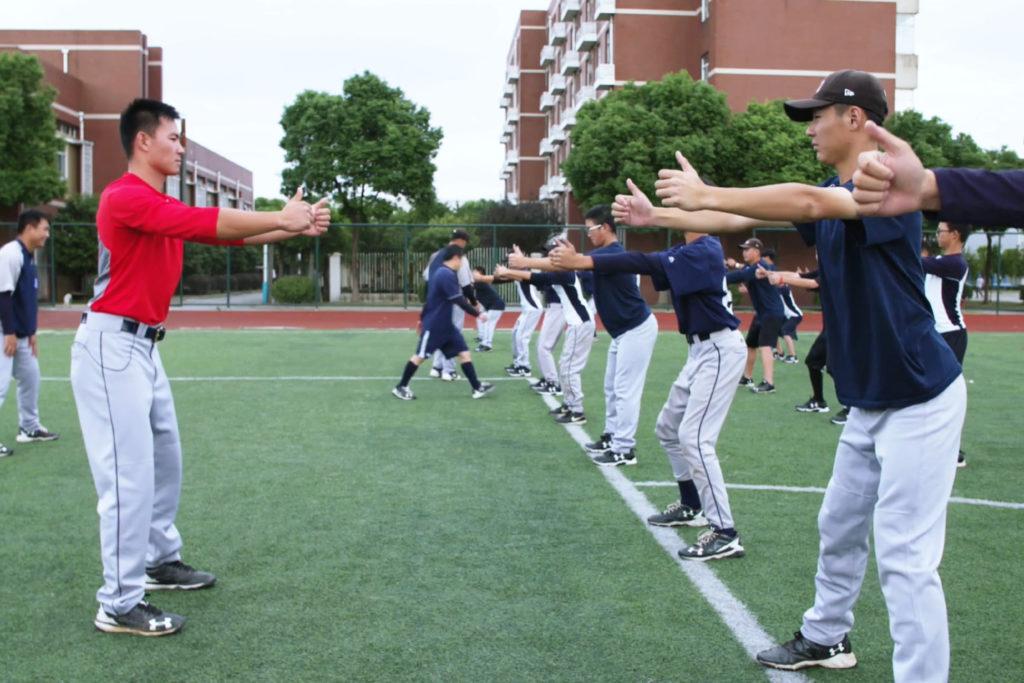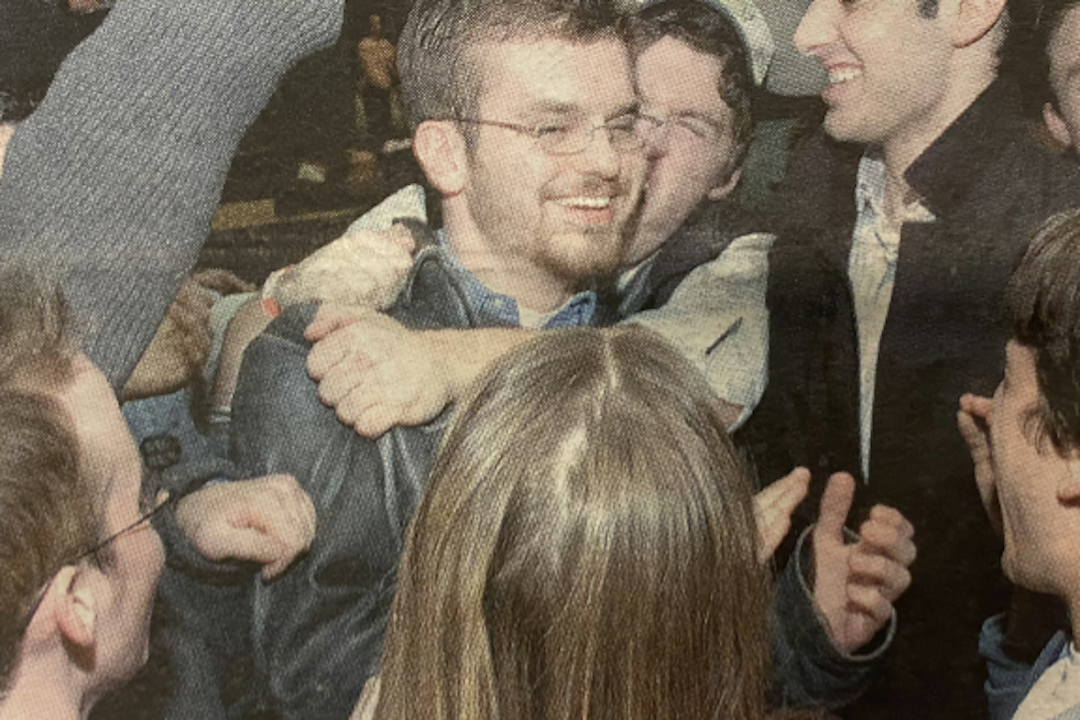A professor’s class trip to China inspired him to film a documentary about a new cultural phenomenon in the country: training centers for America’s pastime.
Mark Hyman, an assistant teaching professor of management and tourism studies, is a director for the documentary “The Great China Baseball Hunt.” Still in its filming stages, the movie delves into the lives of Chinese students at three Major League Baseball development centers – schools that provide education and intense baseball training to children in the area.
The documentary partly focuses on the story of Xu Guiyuan, the first Chinese MLB player in 100 years and a development center alumnus, while also following the students currently at China’s baseball centers. Hyman considers both aspects of the film imperative to understanding the burgeoning interest in baseball in China.
“We were observing children not only being taught to play baseball, but being taught to become Major League Baseball players,” Hyman said. “With 1.4 billion people, you’d figure there’s probably one Major League Baseball player there, but where the heck do you find them?”
In China – a country that has fewer baseball diamonds in its mainland than the entire city of Cleveland – Hyman said MLB saw an untapped market of fans and players.
MLB first opened the baseball centers nearly a decade ago and began offering traditional education and room and board for each student. The students attend academic classes during the day and learn how to play baseball on afternoons and weekends, Hyman said.
Hyman originally thought of the idea for the documentary during a trip to China in 2015 with his Sport Globalization class, a course in sports management. The class visited one of the MLB development centers and met with students, including professional aspirant Guiyuan – who signed a contract with the Baltimore Orioles one month later.
Hyman and his collaborators – Kenneth Eng, Jeff Barker and John Zhang – envision “The Great China Baseball Hunt” as an in-depth look at MLB’s efforts to expand internationally, as well as a symbol of the globalization of sports worldwide.
“Most people in the U.S. are already fans and they’ve already bought a baseball cap,” he said. “So these leagues are looking for new fans in new places across the world.”
The documentary team captured the diversity of China’s new baseball culture with scenes shot at the centers, along with scenes in rural Tibet, Shanghai, Tokyo and Florida for MLB’s spring training.
Many of the children at the centers had limited exposure to baseball before they went to the development centers. Families of the sports students, including two parents who are yak herders in Tibet, consider baseball a path to a better life, Hyman said.
“Xu Guiyuan is the first player who was a product from this system,” Hyman said. “But there are 150 kids who are training to become that guy. We will continue to follow them and their stories. Each kid has a remarkable story.”
In the past three years, MLB has drafted five players from China’s mainland who trained at the centers, but with baseball’s newness in the country, the league has a long way to go to increase its national viewership.
Owning a baseball bat was looked down upon in China because the sport “embodied everything that was Western and capitalistic,” Hyman said. But now the new centers create a way for kids to learn a skill that will afford them a future funded by the MLB.
“For the families, baseball is kind of an entree into a Western culture and way of life,” he said. “The parents are encouraging that because they want their kids to be citizens of the world. They sell baseball as a lifestyle, as opposed to a sport where you want to win the game.”
A trailer for the movie was released earlier this month, but the team must now focus on fundraising to continue the story.
“We don’t know how this story ends,” he said. “A movie has to have an ending and ours doesn’t have an ending yet. We need to go back to China because part of our film is about the young people who are still there.”





